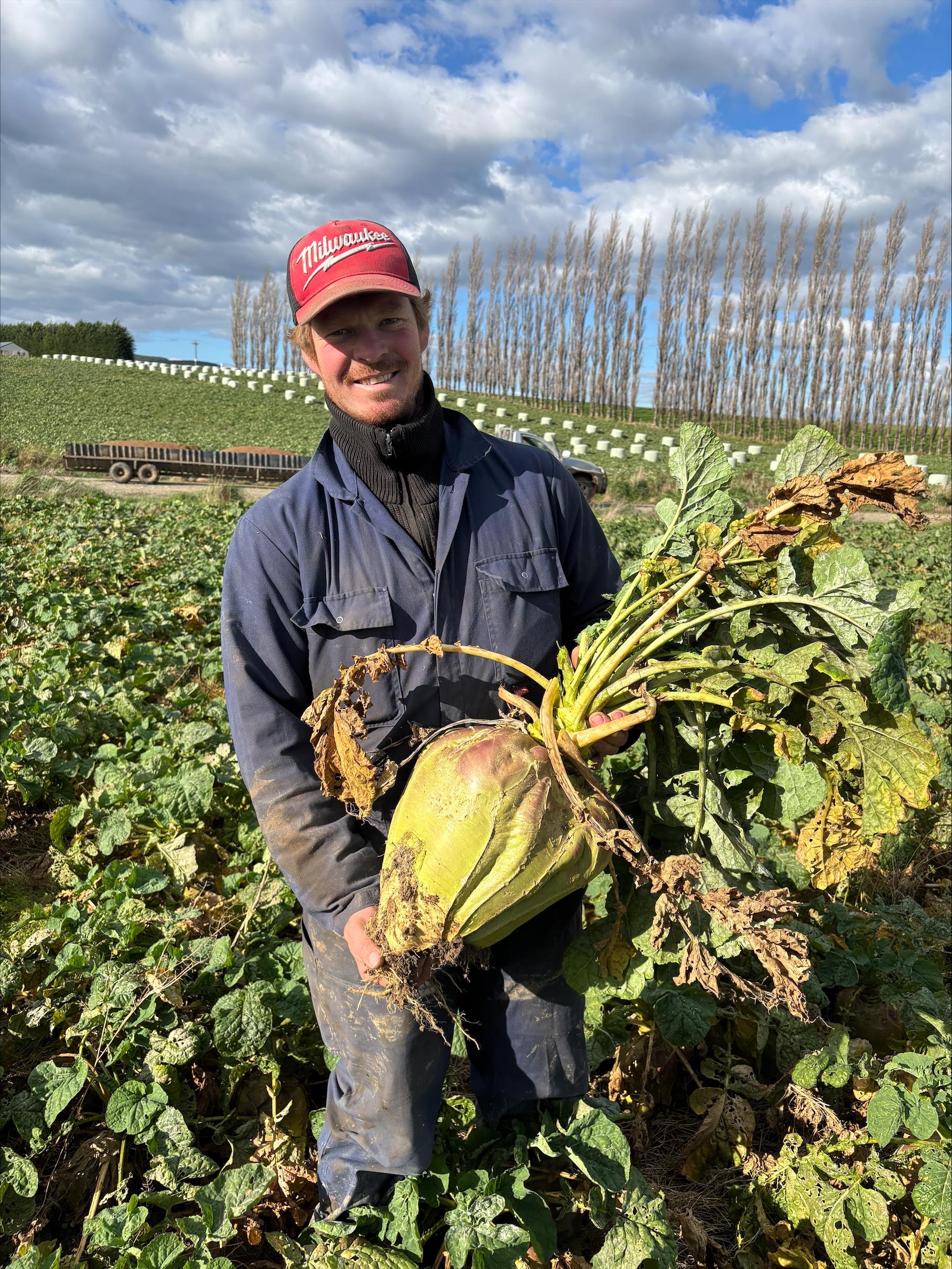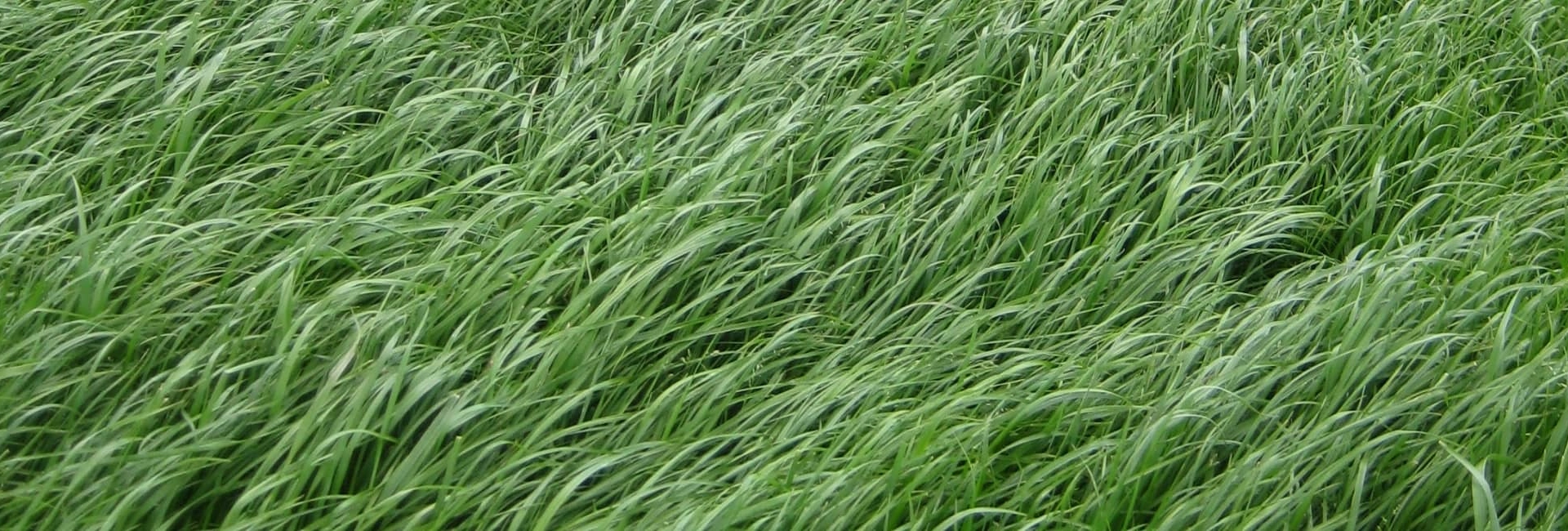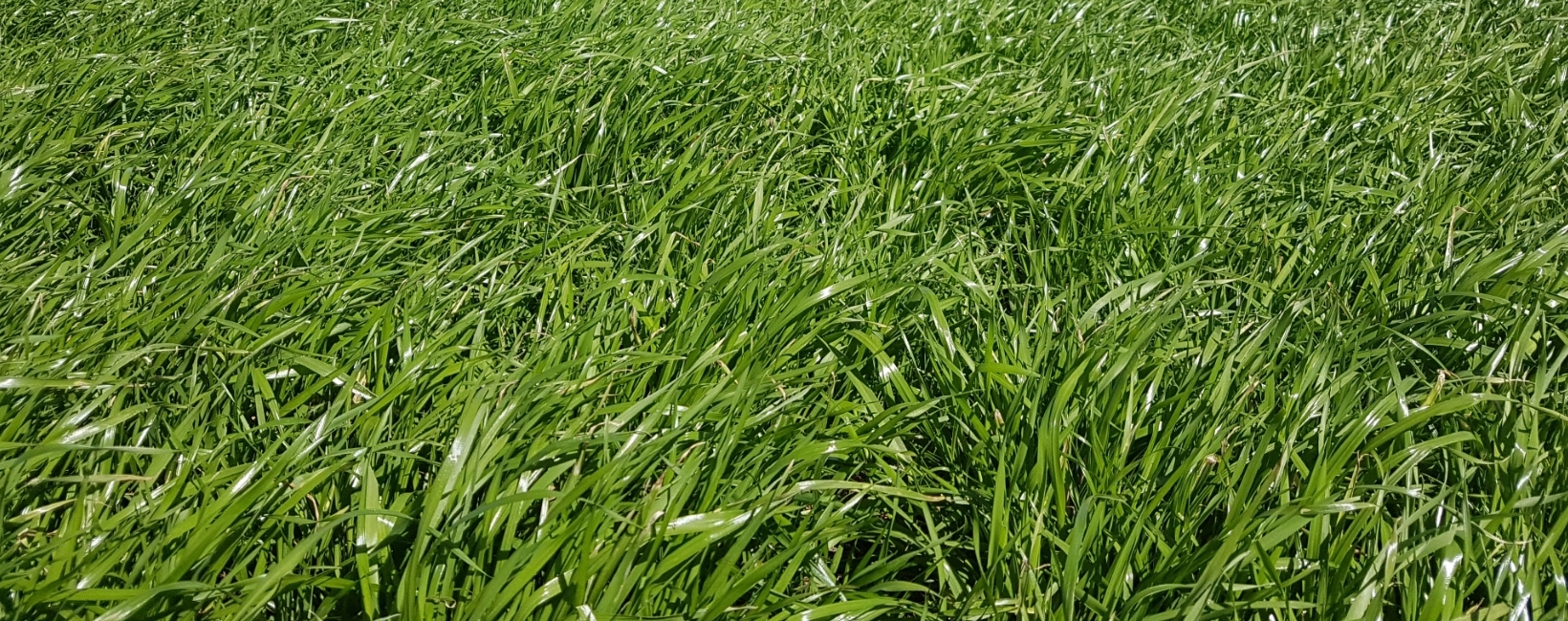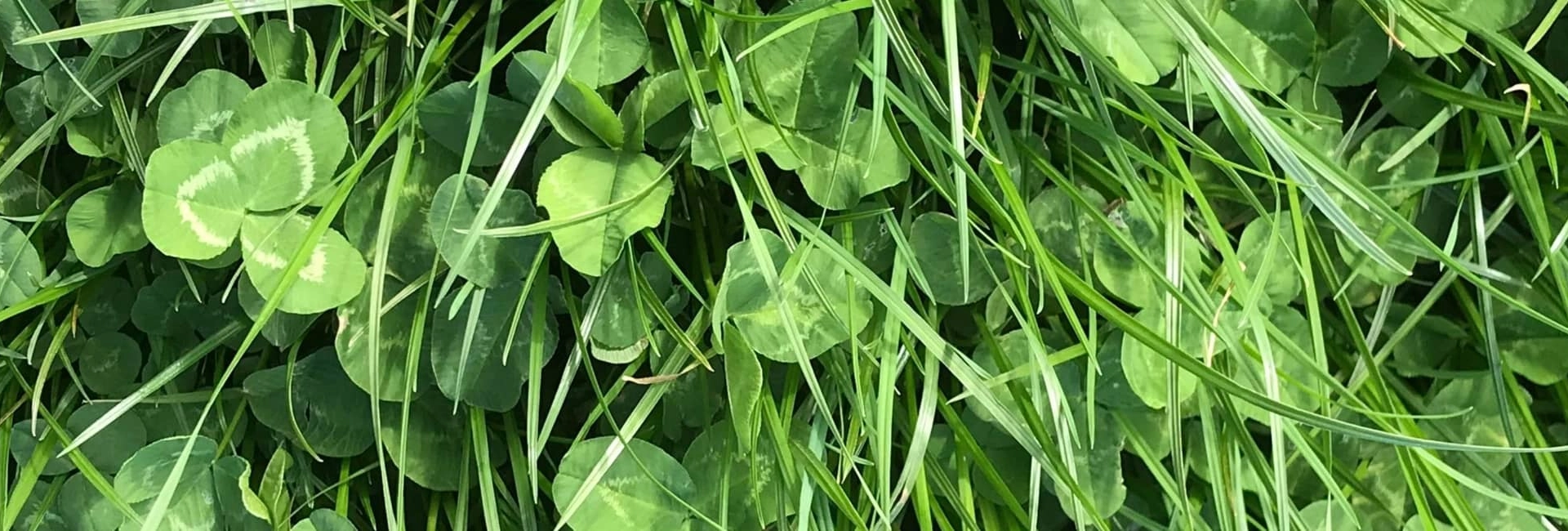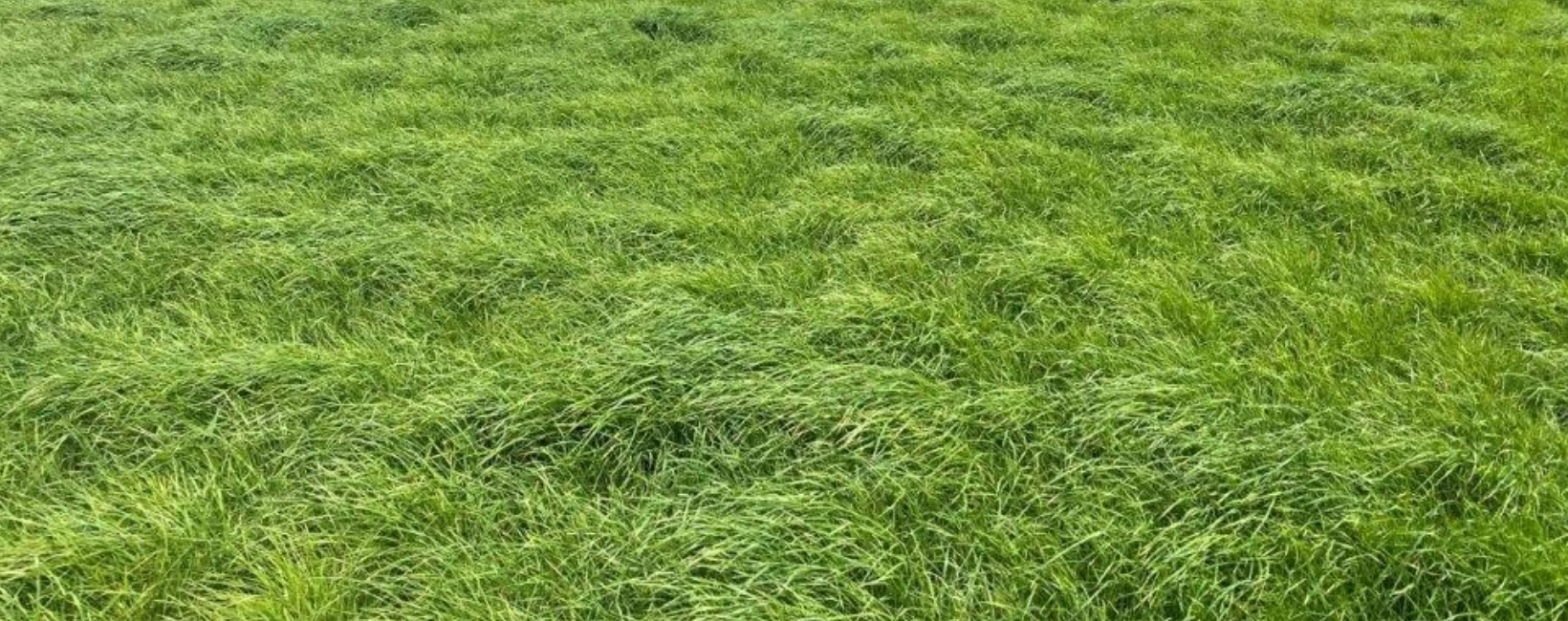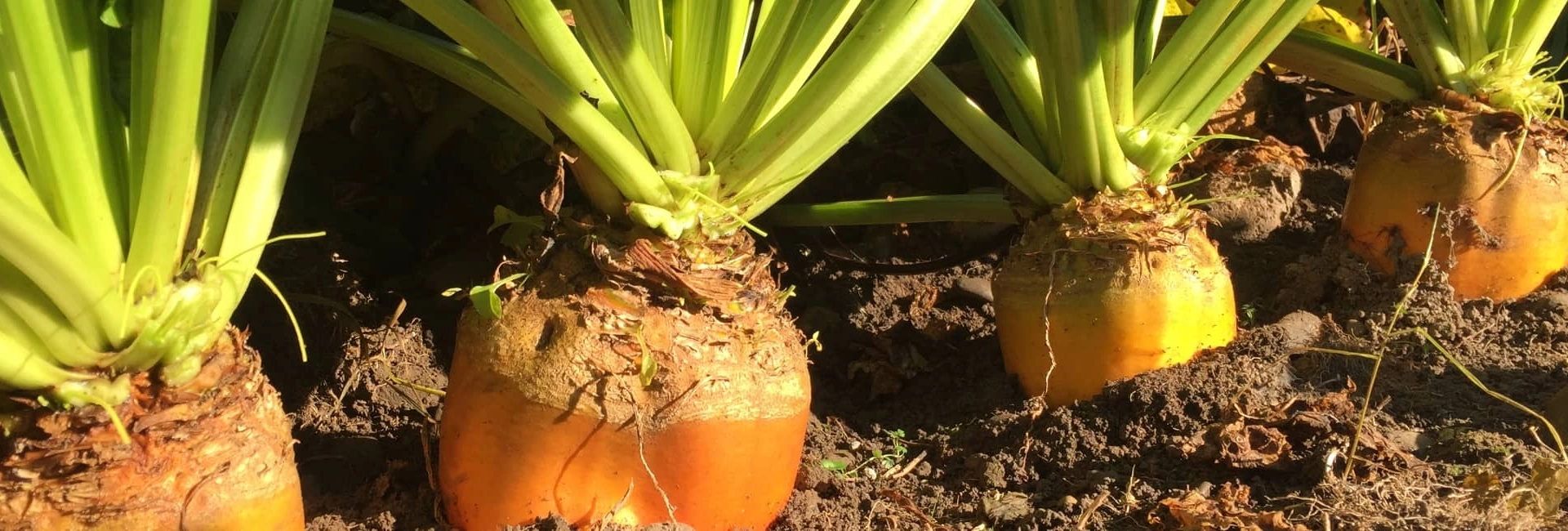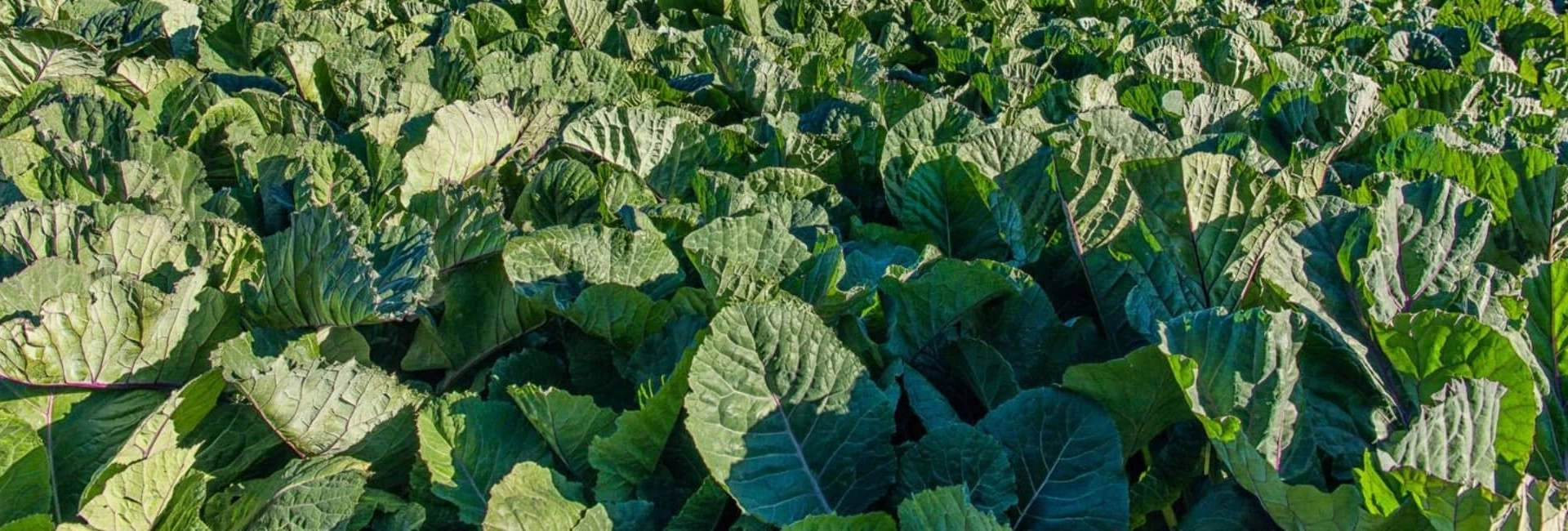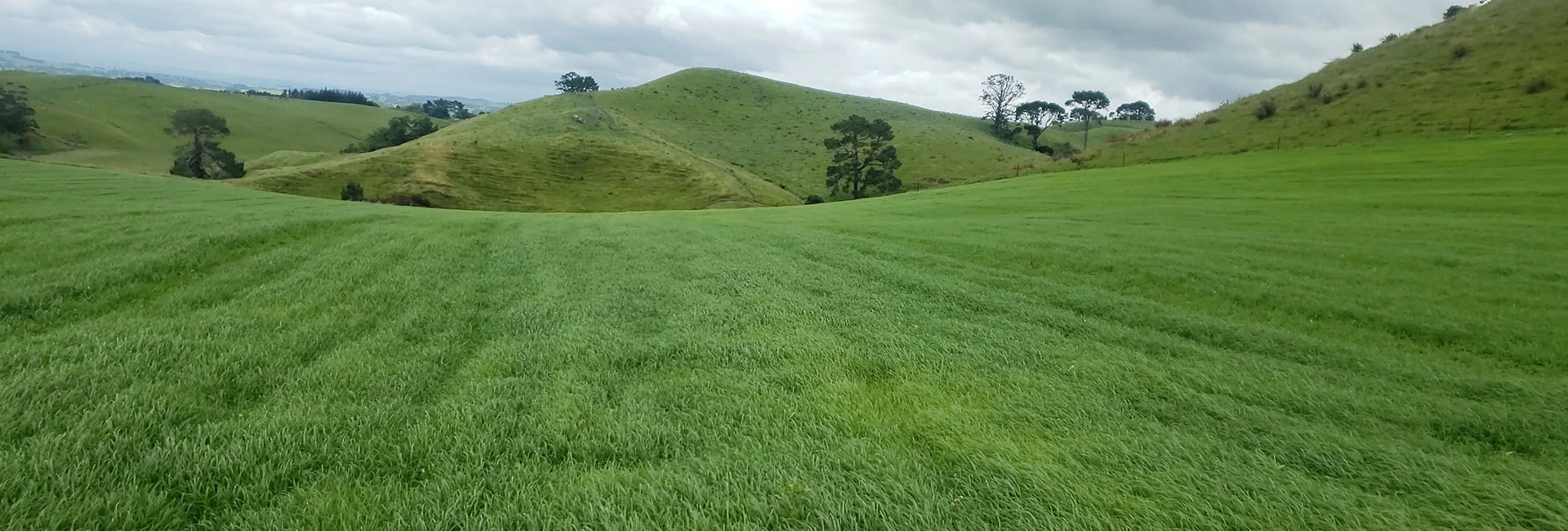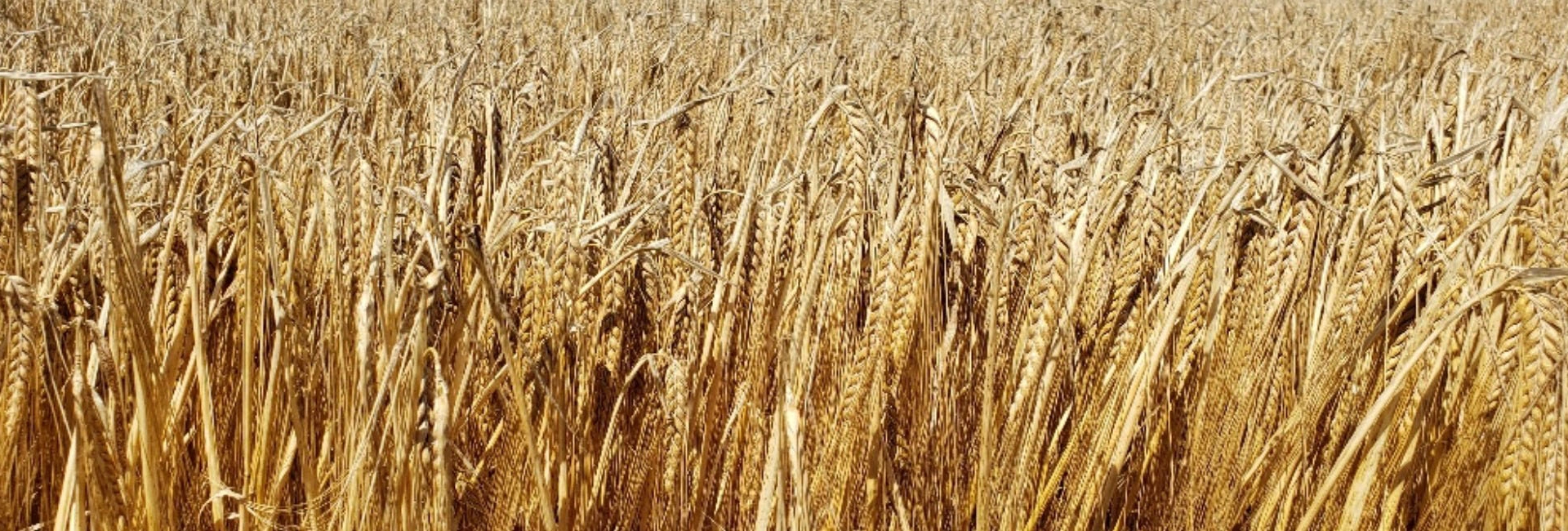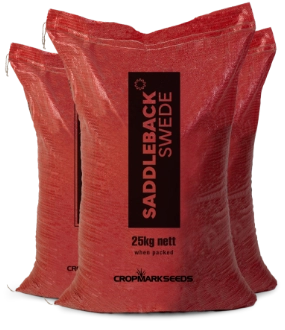Case study – Hendrik De Vries – Southland – Saddleback Swede

Wet start no roadblock for robust new brassica, Saddleback Swede.
Easy to manage, easy to feed – swedes equal simplicity for winter grazing on a family dairy farm in Southland, and this year, a new cultivar has definitely made its mark.
Aparima Dairies totals 550 ha effective near the Aparima River between Wreys Bush and Mossburn. The farm milks 1500 cows.
After a brief foray into fodder beet last season, co-owner Hendrik De Vries reverted back to swedes in spring 2024.
They’re better suited than beet to his flat, heavy land; they don’t need the same lengthy transition period; they’re relatively low input, and they’re shorter than kale and easier for staff to move through setting breaks, he says.
Plus they can yield very well, even when sown after a miserable wet spring which made memories last season in Southland for all the wrong reasons.
A good example? Hendrik’s first crop of the recently-launched Saddleback swede, which averaged 14-15 tonnes dry matter per ha, and would have peaked at 18-19 tonnes, he says.
“Considering how saturated the season was, we were pretty happy with that. Some of the bulbs got so big the cows were struggling to eat them; we weighed a few that were 14-15 kg each, but they cleaned them up.”
The crop was cultivated, drilled and precision sown early November. Inputs were limited to pre-sowing fertiliser, early urea and 150 kg SustaiN per ha applied by helicopter about 10 weeks after emergence.
Those paddocks will go back into permanent pasture this spring, as Hendrik is aggressively re-grassing the farm.
And while Saddleback was chosen for him by his retailer last year, he’s happy to sow it again for winter feed based on the way it performed in 2024/25.
Saddleback is a New Zealand-bred swede from Cropmark Seeds. It was selected for robust, reliable growth and consistently high yields across a range of farm environments and seasons. Seed is available now for spring sowing. Ask your retailer for more.
